How Over-Affection Can Lead to Anxiety & Behavioral Problems
As a professional dog trainer, one of the most common issues I encounter isn’t aggression or disobedience—it’s anxiety. And surprisingly often, that anxiety stems from something we associate with love and care: over-affection.
Don’t get me wrong—affection is vital for a dog’s well-being. It strengthens the bond between you and your dog, builds trust, and reinforces positive behavior. However, when affection is given excessively, at the wrong times, or becomes the primary way we interact with our dogs, it can create confusion, dependency, and even emotional distress.
Let’s unpack how over-affection can unintentionally lead to anxiety and behavioral problems—and how to find a healthier balance.
1. Over-Affection Creates Dependence, Not Confidence
Dogs thrive on structure and clarity. When they’re constantly being coddled, kissed, and carried—especially in stressful or unfamiliar situations—they never learn to self-soothe or build confidence. Instead, they rely entirely on their human for comfort, which can create a pattern of dependence.
This is especially common in small breeds, who are often picked up or over-reassured at signs of fear. While the intent is loving, the result is a dog that doesn’t know how to regulate its own emotions. The moment their human is gone, anxiety spikes.
2. Affection Can Accidentally Reinforce Anxiety
Many owners instinctively pet or soothe their dog when it’s barking, shaking, whining, or showing fear. But to a dog, attention is a reward. So, if you're giving affection while your dog is anxious, you may unintentionally reinforce that state of mind. The dog learns: “When I’m stressed, I get affection. I should stay stressed.”
Instead, wait for your dog to calm down—even slightly—before giving affection. Timing is key.
3. Over-Attachment Leads to Separation Anxiety
Dogs that are constantly doted on—allowed to follow their humans everywhere, sleep in their beds, and receive nonstop attention—can develop unhealthy attachment. When these dogs are left alone, they often panic, leading to destructive behaviors, excessive barking, or house soiling.
Creating space and encouraging independence through crate training, alone-time exercises, and boundaries helps prevent separation anxiety. Dogs need to learn that it’s okay to be alone sometimes—and that their world doesn’t end when their human leaves the room.
4. Affection Without Rules Causes Confusion
Affection should never come at the cost of structure. Dogs feel most secure when they understand expectations. If you’re constantly showering your dog with attention without asking for any behaviors in return—like sitting politely or waiting calmly—you may unintentionally teach entitlement or pushy behavior.
Over time, this lack of structure can lead to:
Jumping on people for attention
Barking or whining to get cuddles
Guarding behaviors (“resource guarding” their human)
General disobedience or ignoring commands
5. A Healthy Balance: Affection as a Reward, Not a Default
The goal isn’t to stop showing love to your dog—it’s to be intentional with how and when you give it. Here’s how to create a more balanced, stable relationship:
Reward calm behavior: Pet your dog when they’re relaxed, not frantic. This teaches them that calmness earns attention.
Use affection in training: Reinforce desired behaviors like recall, sitting politely, or relaxing on their bed.
Set boundaries: Don’t allow constant shadowing or demand for attention. Teach “place” or “go to your bed” to build independence.
Encourage confidence: Let your dog explore safely, solve puzzles, or meet new people without constant intervention.
Be consistent: Dogs need clarity. Avoid giving affection for anxious or demanding behavior one day and correcting it the next.
Final Thoughts
Over-affection often comes from a place of love, but dogs need more than just love—they need leadership, structure, and guidance. A well-balanced dog is one who feels secure both with and without constant attention. By being mindful of how we show affection, we can help our dogs become more confident, calm, and well-behaved companions.
